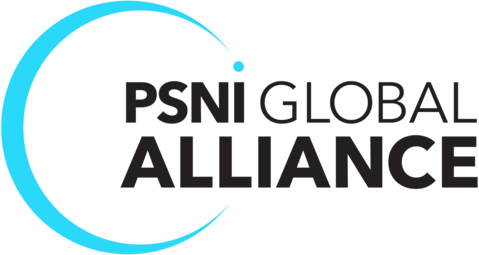Masks are protecting us from serious illness, but they are also wreaking havoc on audio intelligibility in offices and classrooms. And while some mask mandates are being lifted as vaccinations increase in some parts of the world, many schools and businesses are still maintaining mask requirements to keep employees, students, and customers safe.
Since mask mandates are ultimately temporary, companies and educational institutions don’t want to make massive equipment investments to address audio muffled by mask wearing. But, to make sure work and learning can get done effectively and efficiently while masks are still required, there are some simple, cost-effective steps you can take.
5 Ways to Compensate for Muffled Audio Because of Masks
- Stay close to the microphone. Teachers, presenters, and meeting participants should all know where microphones are located in the room and make an effort to be close to them when they speak.
“Given the dampening impact of masks, educators and employees need to be more aware of where microphones are located to ensure they are speaking into or at them, and not past or away from them,” said Tim Koskamp, field sales engineer with Biamp. “In addition, since the distance between the microphone and the person speaking already influences audio clarity, presenters should consider staying closer to the microphone than they might normally if they were not wearing a mask.”Adding a few more microphones around the room or investing in a few lavalier or other worn microphones can also help overcome some of the audio intelligibility challenges created by mask wearing.
- Match your mask to your use case. Different mask fabrics and types of masks have different impacts on audio intelligibility. Blue surgical masks, for example, are made of nonwoven fabric that doesn’t block sound as much as other fabric masks. Loose fabrics like the ones used in surgical masks are less effective at blocking droplets, however, so they are best used in spaces where social distancing can also be employed.
If you know you will be presenting to a group that includes individuals who rely on lip reading or facial cues to understand what is going on, face masks with a transparent panel that makes the lips visible might be the best choice.
“Wearing a mask can cause muffled sound and reduced intelligibility by interfering with the middle and high frequencies that carry consonant sounds, but the effects vary depending on both the mask material and the microphone position,” said Ken Platz, director of acoustics at Shure. “Surgical and loosely woven cloth masks cause less muffling effect when the microphone or listener is in front of the talker. Masks with a plastic window have more muffling effect but may actually work better with lavalier microphones because they reflect sound waves toward the microphone.”
- Minimize background noise. Ambient noise can make hearing difficult even without the added complication of masks. With mask muffled audio, background noise such as heating and cooling systems, office chatter, and reflected sound can make hearing clearly almost impossible.
Offices and schools can invest in inexpensive acoustical elements such as foam panels, rugs, and curtains to absorb ambient sounds and reduce background noise. Employees working from home can make sure they move away from loud appliances or common areas with distracting chit chat before they join an audio or video call. - Slow down your speech. Sometimes compensating for audio muffled by masks can be as simple as making a concerted effort to speak more slowly and clearly while teaching a class or presenting at a meeting. Where possible and necessary, you can also add sign language or other interpretation services.
- Use existing audio equipment to mitigate muffled audio. For companies or educational institutions with existing AV equipment, some of the tools you already have can be adjusted or enhanced to address audio muffled by masks.
According to Platz, muffled sound can be counteracted to some extent by using an audio equalizer to boost frequencies above 3 kHz by a few decibels.
Adhering to best practices for conferencing setup—for example, investing in an open architecture DSP—can also help mitigate some of the audio challenges created by masks, said Koskamp of Biamp.
“Open architecture DSPs like Tesira offer a big advantage in a situation like this by providing the ability to manipulate the audio in a myriad of ways,” Koskamp said. “For example, you could create a custom ‘mask’ filter inside Tesira, purposefully tuning the room to accommodate mask dampening. A common scenario we’re already seeing is a mixture of meeting attendees wearing masks and not wearing one, such as council meetings. Here you can find a happy medium between the two groups from a gain standpoint, so you don’t overdrive the system when a person who’s not wearing a mask speaks.”
PSNI AV Experts Know the Right AV Solutions for Muffled Audio
PSNI Certified Solution Providers (CSPs) are located all over the world and are familiar with both the local technology standards and the local COVID-19 requirements. Your local CSP can help you identify the best AV tools to help you compensate for muffled audio due to masks, and any other audio challenges you might be facing.









